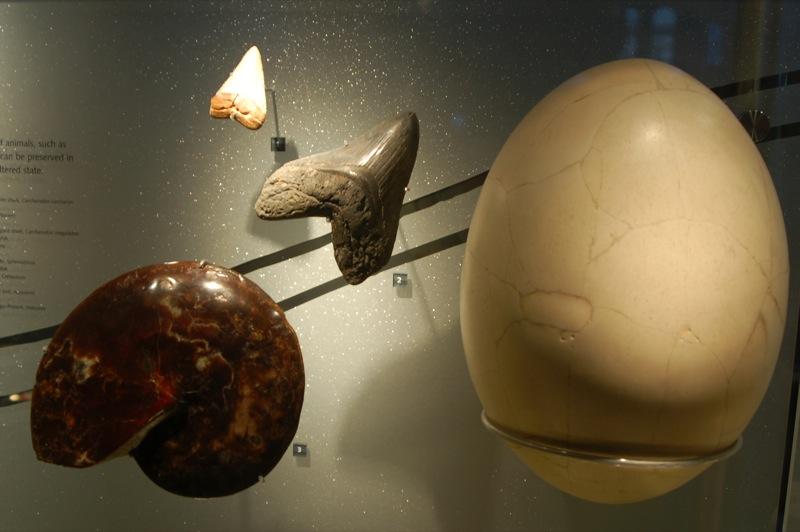Elephant birds are aptly named. Not only were they the biggest birds to have ever lived, their taxonomy has inspired big debate.
Would you risk goading this avian with the insult, “Hey, bird brain?” Not likely. The herbivorous elephant birds lived on Madagascar, once home to megafauna such as giant lemurs and tortoises. The elephant birds fit right in. Based on skeletal remains, scientists calculate that the largest known specimen stood almost ten feet high, and weighed nearly 1,700 pounds. That’s taller than, well, Big Bird from Sesame Street, and heavier than the average polar bear. With powerful legs ending in sharp talons, an elephant bird made a fearsome sight.
About a millennium ago, the formidable fowl was wiped out, likely due in part to egg poaching by hungry humans. At thirteen inches long, the elephant bird’s egg is the largest egg of any animal ever—larger, even, than a dinosaur egg.
Impressed? So were researchers in the 1800s. Each hoping to proclaim a new discovery, they hotly debated the number of species, the significance of bone fragments, and how big the elephant bird truly was. The great debate resulted in a jumbled, contradictory taxonomy. What was the true history of the feathered giant? Only recently have scientists sorted elephant birds into three genuses and four species.
Birds of fantastical size and shape haunt the pages of the Arabian Nights and journals from Marco Polo. Were these stories based on sightings of a real-life elephant bird? We may never know. Yet the remarkable elephant bird still stands tall—no longer on land, it now towers in our imagination.









